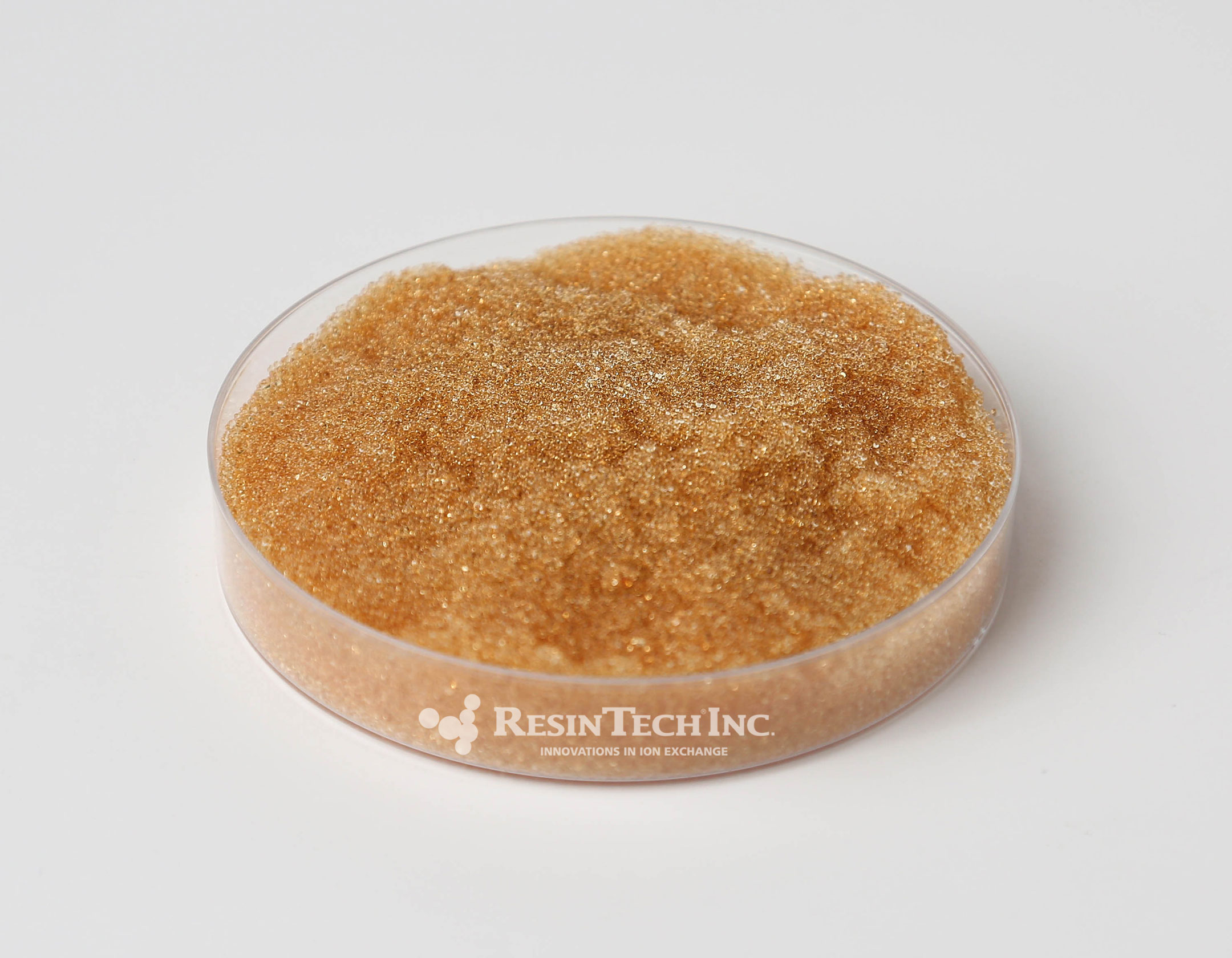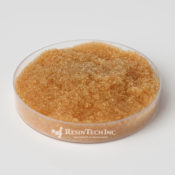
The Importance of High Quality Resin
The primary function of a water softener is to remove hard minerals, such as calcium and magnesium, from the water. These minerals can cause issues like scale buildup in pipes and appliances. One of the most common methods for softening water is through a process called ion exchange, which involves the use of cation-exchange resin.
In the ion exchange process, as water flows through the water softener, it passes over the resin beads, which are typically charged with sodium or potassium ions. These ions are exchanged for the calcium and magnesium ions in the water. As a result, the water becomes softer, meaning it has fewer hard minerals.
While the ion exchange process itself happens as water passes through the resin, other components of the water softener, such as the control unit, head, and brine tank, play an essential role in the system. These parts help regenerate the resin after it becomes saturated with the minerals it has removed. During regeneration, the resin is flushed with a brine solution (saltwater), which replaces the collected calcium and magnesium ions with sodium or potassium ions, preparing it for the next cycle of softening.
The key takeaway is that the resin is what makes the water soft, and its quality directly impacts the effectiveness and efficiency of the water softener. High-quality resin ensures better ion exchange, leading to more consistent softening performance and longer-lasting results.

Ion Exchange Process
As the name suggests, a water softener uses a process called ion exchange to remove hard minerals, primarily calcium and magnesium, from the water. In this process, the resin beads within the softener exchange these hard minerals for sodium ions, which are released into the water. It's important to note that the amount of sodium introduced into the water during this process is minimal, and this is typically not a concern for most users. (The impact of sodium intake from softened water will be explored in a separate article.)
The resin needs to be regenerated periodically, as it becomes saturated with calcium and magnesium ions. This regeneration process is achieved by a brine wash, in which a high concentration of salt (usually in the form of sodium chloride) is flushed through the resin. The high salt content in the brine forces the resin to release the hard minerals (calcium and magnesium) and replace them with sodium ions, effectively "resetting" the resin to continue softening the water.
After regeneration, the softener goes through a fast rinse cycle. This step helps wash away any excess salt from the resin bed, ensuring that the softener is clean and ready to operate efficiently. After this, the resin is once again ready to provide soft water, and the system returns to service.
This process of ion exchange, regeneration, and rinsing allows the water softener to continually provide soft water without the need for constant replacement of the resin.
Resin Bed Purity
The manufacturing of resin used in water softeners involves several complex chemical processes to create high-quality filtration media. The goal is to produce high-purity resin, which is essential for efficient ion exchange and long-term performance. When high-quality resin is used, it has a very low level of impurities, which ensures that the ion exchange process works at peak efficiency. This not only improves the softening ability of the water but also extends the life of the water softener.
On the other hand, poor-quality resin can lead to a variety of problems. Some common symptoms of low-quality resin include:
- Poor soft water quality: The resin may not effectively remove hard minerals, leading to water that remains hard and causes scale buildup.
- Color in the water: Impurities in the resin can leach into the water, potentially causing discoloration.
- Degraded resin in the pipes: Low-quality resin may break down over time, potentially clogging pipes and affecting water flow.
- Decreased efficiency over time: While low-quality resin may initially perform well, its effectiveness will diminish as it is used for extended periods, causing a gradual decline in the quality of softened water.
The 3D Watertech water softeners use Resintech high-purity resin, which is certified by the Water Quality Association (WQA) for use in potable (drinking) water. This high-purity resin not only provides highly efficient water softening but also contributes to a longer lifespan for the water softener itself. By using top-tier resin, 3D Watertech ensures that customers receive the best performance and durability from their water softening systems.


